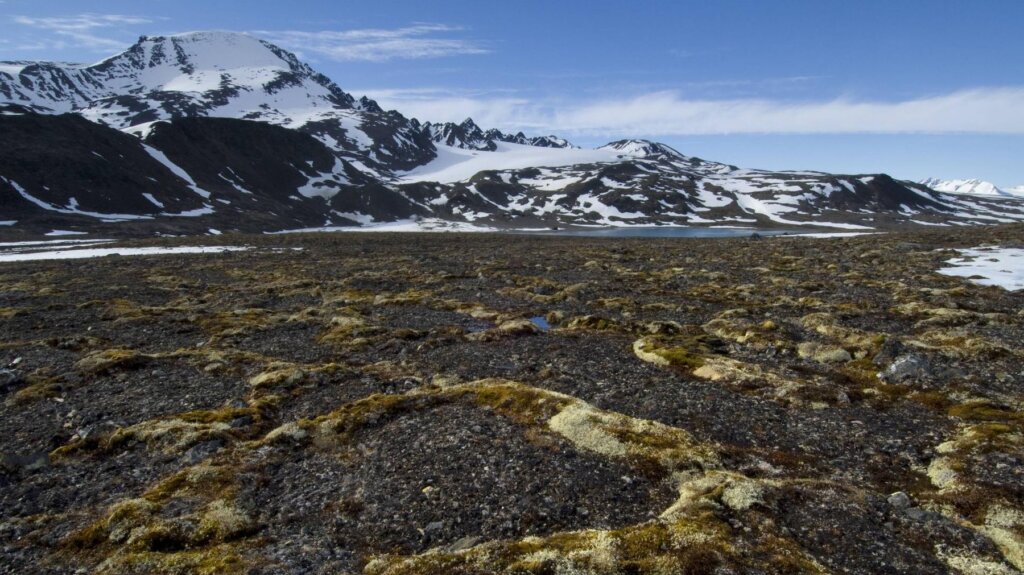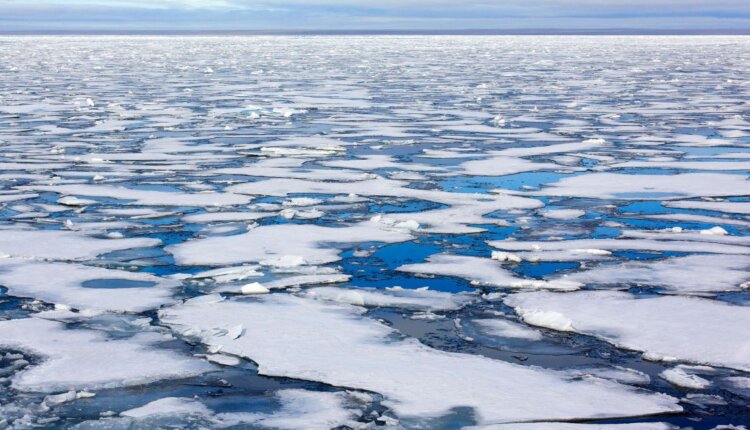Polar ice melting, The frozen sea water around the poles is called polar ice. The polar ice sheets also include the polar ice sheets on the mainland for example in Greenland.
In the north, the Arctic seas are not covered with the same amount of ice all year round.
The ice sheet varies between around 15 million square kilometers in April and around 3.5 million square kilometers in September Polar ice melting faster than expected.
In the summer, the ice shrinks to up to a quarter of its winter area and then expands again.,However, large parts of the Arctic Sea are today only covered with a relatively thin layer of ice – at the time of the first satellite measurements in the 1970s and 1980s years it was different.
At the previous low in 2012, the ice sheet in September had shrunk by almost half compared to then. Ice loss of this magnitude is very unusual even on a planetary scale and hasn’t happened in the last 1450 years, that’s going outpaleoclimatic data out.
This development means that the Arctic Ocean could soon be permanently ice-free during the summer months. Older models assumed that this scenario would not materialize until the end of this century. However, new research shows that it could happen as early as the middle of the century. ,In the
Antarctica researchers have observed for decades that the ice surface has even grown in contrast to the Arctic. But a decline has also been observed at the South Pole since 2014, in three years an area of ice twice the size of Germany has melted.

The polar ice is important for the climate of the planets. The floating ice surfaces serve the planet as a huge solar reflector, which throws almost 60 percent of the incident solar energy back into space. As a result, the polar region remains a very cold place even during the summer, even though the sun never disappears below the horizon between spring and autumn.
Through the melting ice, the sun’s rays penetrate deep into the much darker sea water and heat it up. This also has consequences outside the Arctic: the warming of the Arctic is already having an impactWetter in temperate latitudes. ,With the Polar ice melting, the habitat of many animals such as polar bears, walruses, seals and birds is also disappearing. Many stocks have been declining for a long time, and some species are even threatened with extinction.

